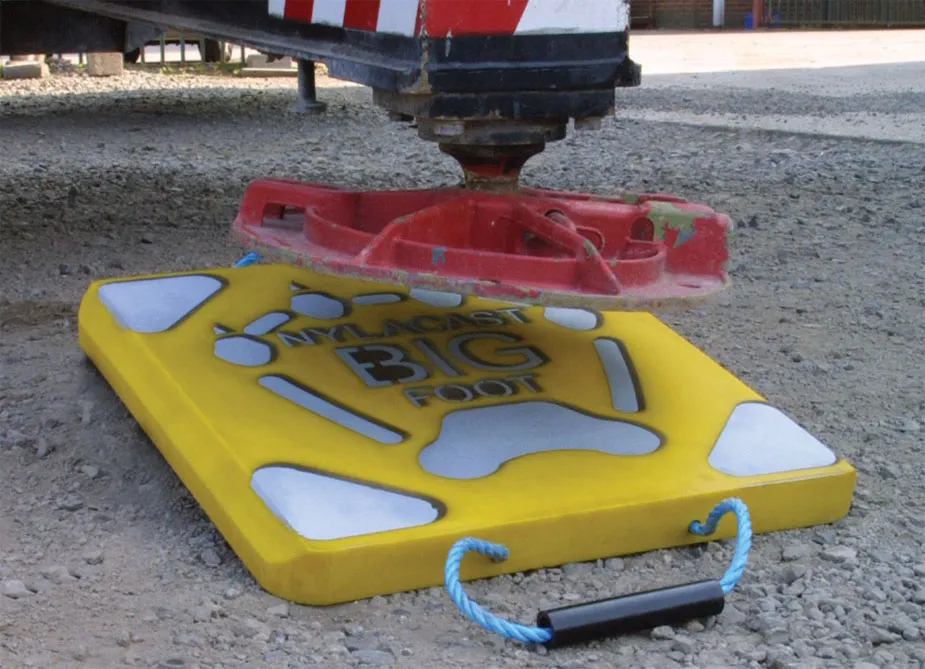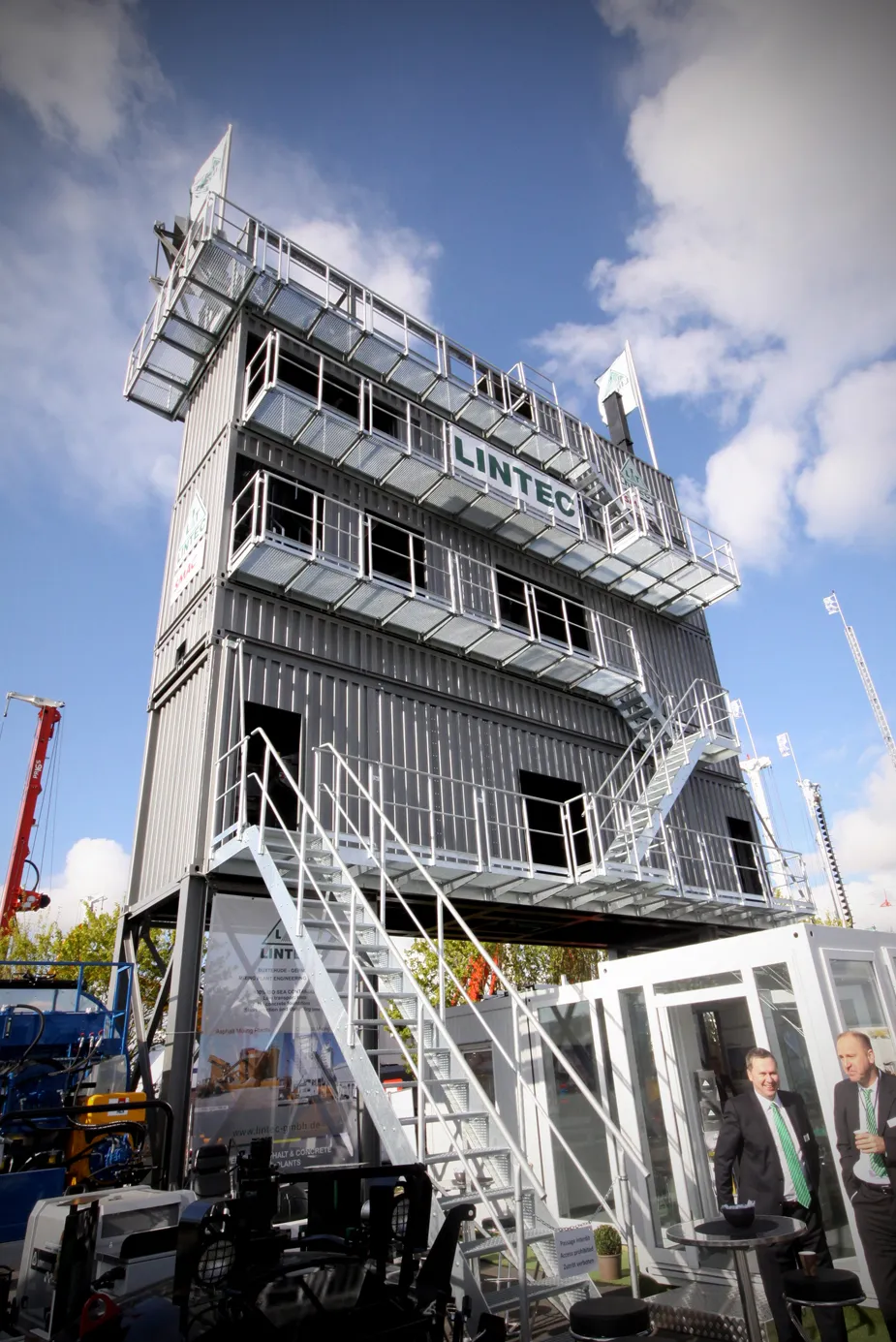The
The reinforced concrete deck span was revealed when Merseylink's movable scaffolding system (MSS) 'Trinity' moved to its second casting position. It is the first of 11 spans that will be cast by the MSS for the deck of the elevated approach viaduct on the north side of the River Mersey.
The MSS, which acts as a giant concrete mould, was specially designed for the Mersey Gateway Project. It is being used to build the two elevated approach viaducts over the Mersey estuary.
The span connects the beginning of the approach viaduct from the north abutment in Widnes to the first supporting pier. It measures around 60m long and 18m wide and is angled at 5 degrees to allow vehicles to travel safely around the curve of the approach road.
Construction teams worked around the clock to get the span ready. This involved pouring 1,146m3 of concrete into the MSS non-stop over 34 hours.
"This is a real achievement for the project and a milestone that we've been looking forward to with anticipation,” said Declan Cannar, Merseylink's general foreman in charge of the MSS operation. “We're now busy preparing the MSS so it's ready to cast the next section."
The approach viaduct deck is being constructed in three phases. The deck spans are constructed first by the MSS, then a deck slab is built on top of the span, and finally the outer deck or ‘wings' are built by a wing traveller machine to provide the full six lane width of the approach road.
The MSS has moved to its second casting position ready for work to begin on the next span, which will be cast in March.
View Trinity in action by clicking here.
%$Linker:
First deck span completed for Mersey Gateway's north approach viaduct
The Mersey Gateway Project achieved another milestone as the first deck span for the elevated north approach viaduct was completed. The reinforced concrete deck span was revealed when Merseylink's movable scaffolding system (MSS) 'Trinity' moved to its second casting position. It is the first of 11 spans that will be cast by the MSS for the deck of the elevated approach viaduct on the north side of the River Mersey.
February 12, 2016
Read time: 2 mins







